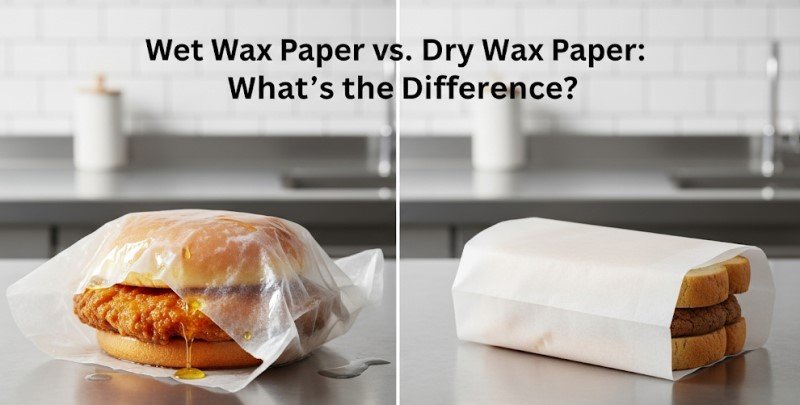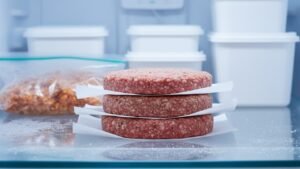Dry wax paper and wet wax paper are both made from bleached Kraft paper. But the difference comes in their use and processing as well. Wet wax paper undergoes a wet waxing process on both sides. This will give the paper a water-resistant surface that is mostly ideal for packaging moist or greasy foods.
As we all know when it comes to food wrapping and packaging. The wax paper has always been a go-to choice. But did you know there are actually two main types of custom wax paper: wet wax paper and dry wax paper? While they may look similar at first glance and we feel no difference. But they’re designed for very different purposes. If you’ve ever wondered which type of wax paper you should be using this article will break it all down for you.
What is Wax Paper?
Wax paper is simply a sheet of paper coated with a thin layer of wax. The coating is usually paraffin. This coating makes the paper resistant to moisture, grease, and odors. This highlights why it’s a popular choice in the food industry. Plus you have the opportunity to choose a coating on one side or both sides by connecting with just a trusted partner.
There are two main types of wax paper including the wet and dry wax paper discussed below:
Wet Wax Paper Comes with a Coating
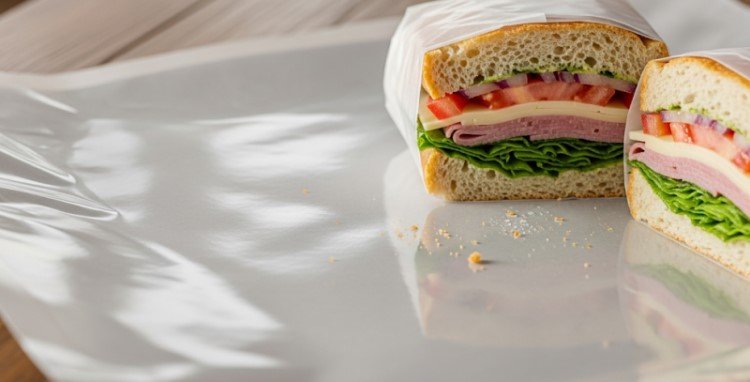
Wet wax paper is coated with wax using a process where heat is applied. This allows the wax to soak into the paper’s fibers as well as coat the surface. This results in a paper that’s slightly glossy and resistant to both moisture and grease. You can use it as a food basket liners as well.
Common Uses of Wet Wax Paper:
- It is commonly used for wrapping fresh meat or poultry to prevent juices from leaking
- Moreover packaging greasy foods like burgers, fries, or fried chicken can be done by this paper
- Can also be lining food baskets in restaurants for both protection and presentation
Dry Wax Paper Involves the Dry Process
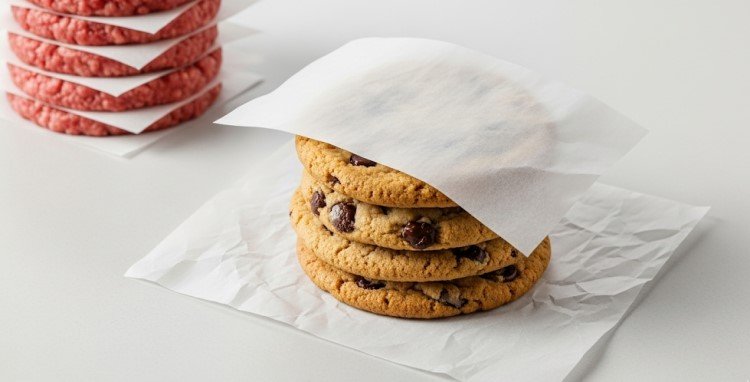
Dry wax paper is coated with wax through a dry process. Then the wax forms only a thin & dry layer on the paper’s surface without penetrating its fibers. This makes dry wax paper less resistant to moisture but still effective at keeping grease at bay.
Common Uses of Dry Wax Paper:
- It is used for wrapping sandwiches or bakery items that don’t release much moisture
- Moreover it is used for separating cheese slices, burger patties or baked cookies to prevent sticking
- Plus it is used for lining trays or wrapping lightweight foods for short-term storage
Important Distinctions Between Dry and Wet Wax Paper
Above for your understanding we have discussed some of the key points of wet wax paper and dry wax paper. But what are the differences?
Wax Application:
- Wet wax paper has wax absorbed into the fibers and coated on the surface
- Dry wax paper has only a surface coating of wax
Moisture Resistance:
- Wet wax paper provides superior protection against liquids and oils
- Dry wax paper is better for foods that don’t release much moisture
Appearance:
- Wet wax paper usually has a glossy and smooth finish
- Dry wax paper has a more matte surface for use
Durability:
- Wet wax paper is stronger and can hold up against heavy or oily foods
- Dry wax paper is lighter and best suited for quick, dry food wrapping
Cost:
- For prices the wet wax paper tends to be slightly more expensive because of its enhanced coating
- But the dry wax paper is often more affordable for everyday use
Which One Should You Use? Select Based on Needs
Deciding what suits best is ultimately based on the needs. You can take as a reference scenario such as:
- If you’re packing juicy, greasy or oily foods then wet wax paper is the smarter option.
- If you’re handling light, dry or baked items, dry wax paper is more than enough.
Many food businesses actually keep both types on hand to cover a wider range of needs. For example if we discuss a bakery then they might use dry wax paper for cookies. But they rely on wet wax paper for wrapping buttered rolls or moist cakes.
Words to Conclude
The knowledge of knowing the differences between wax paper types can save you from messy food packaging mistakes. Plus it can help you make better choices for storage and even cost-effectiveness.

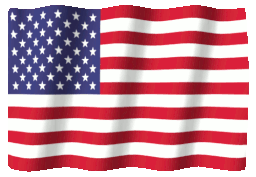 USA
USA
 UK
UK
 CA
CA




